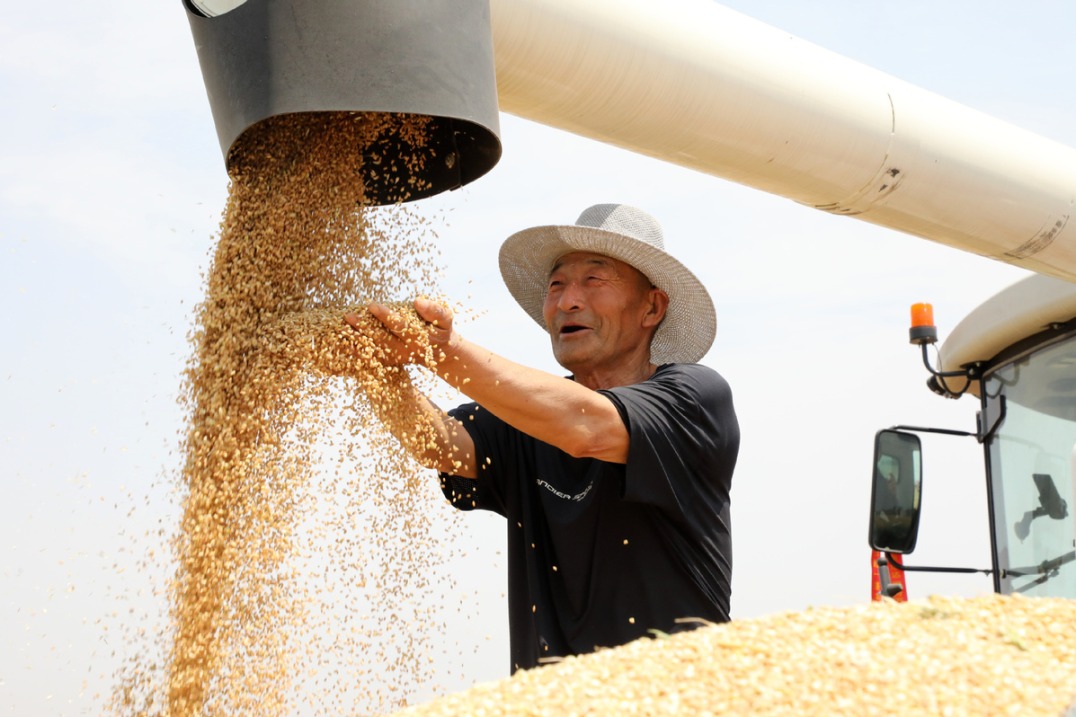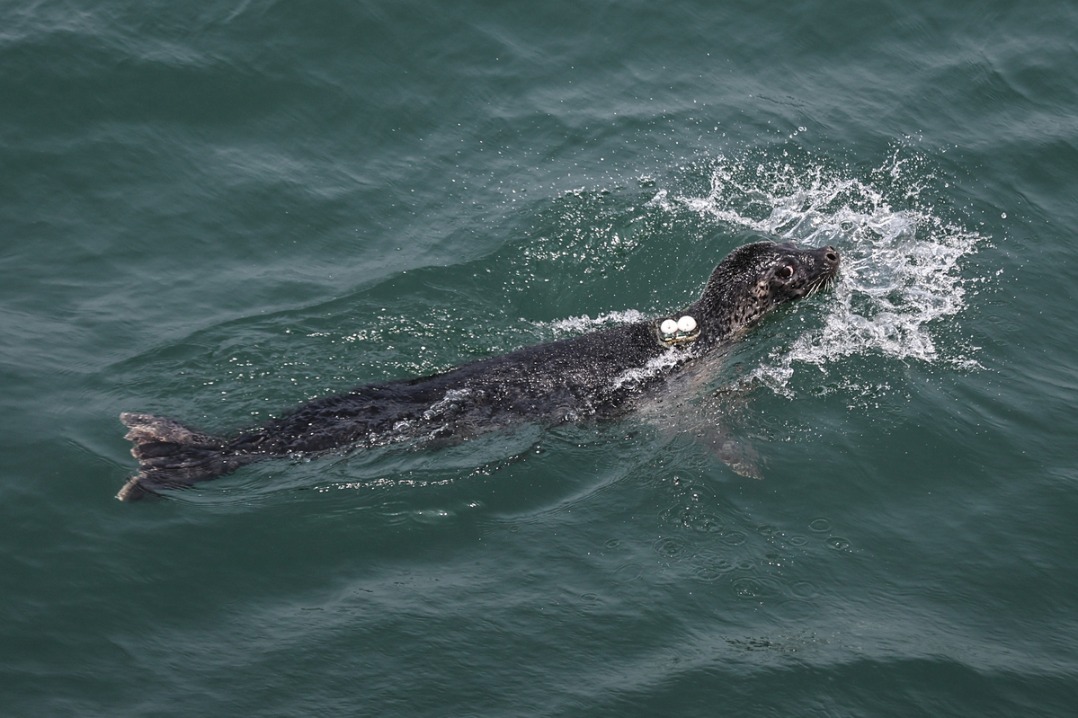DNA reveals prehistoric matrilineal community

In a groundbreaking discovery using DNA technology, Chinese scientists have found evidence of a prehistoric matrilineal society in East China, marking a huge stride in studies of early human social organization.
At a news conference on Thursday in Jinan, the capital of Shandong province, scholars from Peking University and the Shandong Institute of Cultural Relics and Archaeology unveiled their findings on a two-clan matrilineal community at the Fujia archaeological site in the province's Guangrao county, dating back to between 2750 BC and 2500 BC.
Their findings on the matrilineal society — one in which ancestral descent is traced through maternal rather than paternal lines — were published on Wednesday in the science journal Nature.
Previous research related to ancient DNA analysis mostly supported paternal line social organization, and before this new discovery, the earliest genetic clues pointing to a matrilineal society could only be traced back to the Iron Age in Europe, said Ning Chao, a researcher at Peking University. The Iron Age in Europe began around 1200 BC.
There are two separate cemeteries in the northern and southern parts of the Fujia site, where archaeologists found the remains of more than 500 people during excavations in 1985, 1995 and 2021.
Scholars found that the cemeteries belonged to two maternal clans, linked by marriage, that followed strict matrilineal burial practices for more than 250 years.
Scientists selected remains of 60 individuals from the two cemeteries and analyzed them using DNA methods to determine genetic relationships.
All 14 individuals from the northern cemetery possessed the same maternally inherited mitochondrial DNA haplogroup — a genetic population group sharing a common ancestor — and exhibited identical mitochondrial DNA sequences, while 44 of the 46 individuals from the southern cemetery had another mitochondrial DNA haplogroup and identical mitochondrial DNA sequences, indicating that the individuals in each group shared a maternal lineage.
Huang Yanyi, another researcher at Peking University, said that as mitochondria are only inherited from the mother, the fact that individuals share the same mitochondria proves that they originated from the same maternal ancestor.
Since the 19th century, some scholars proposed that early societies were generally matrilineal, despite a lack of archaeological evidence at the time.
The new discovery "significantly contributed to the studies of the origins of human civilization", said Sun Bo, director of the Shandong Institute of Cultural Relics and Archaeology.
wangru1@chinadaily.com.cn





































